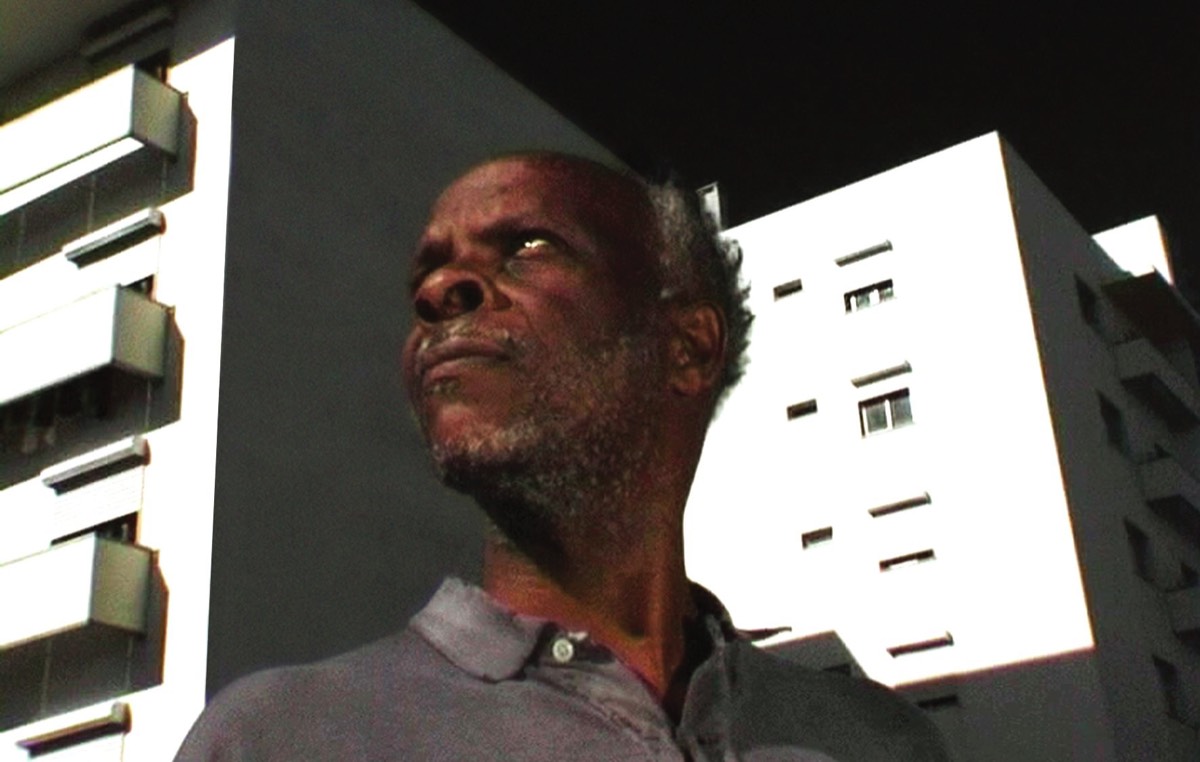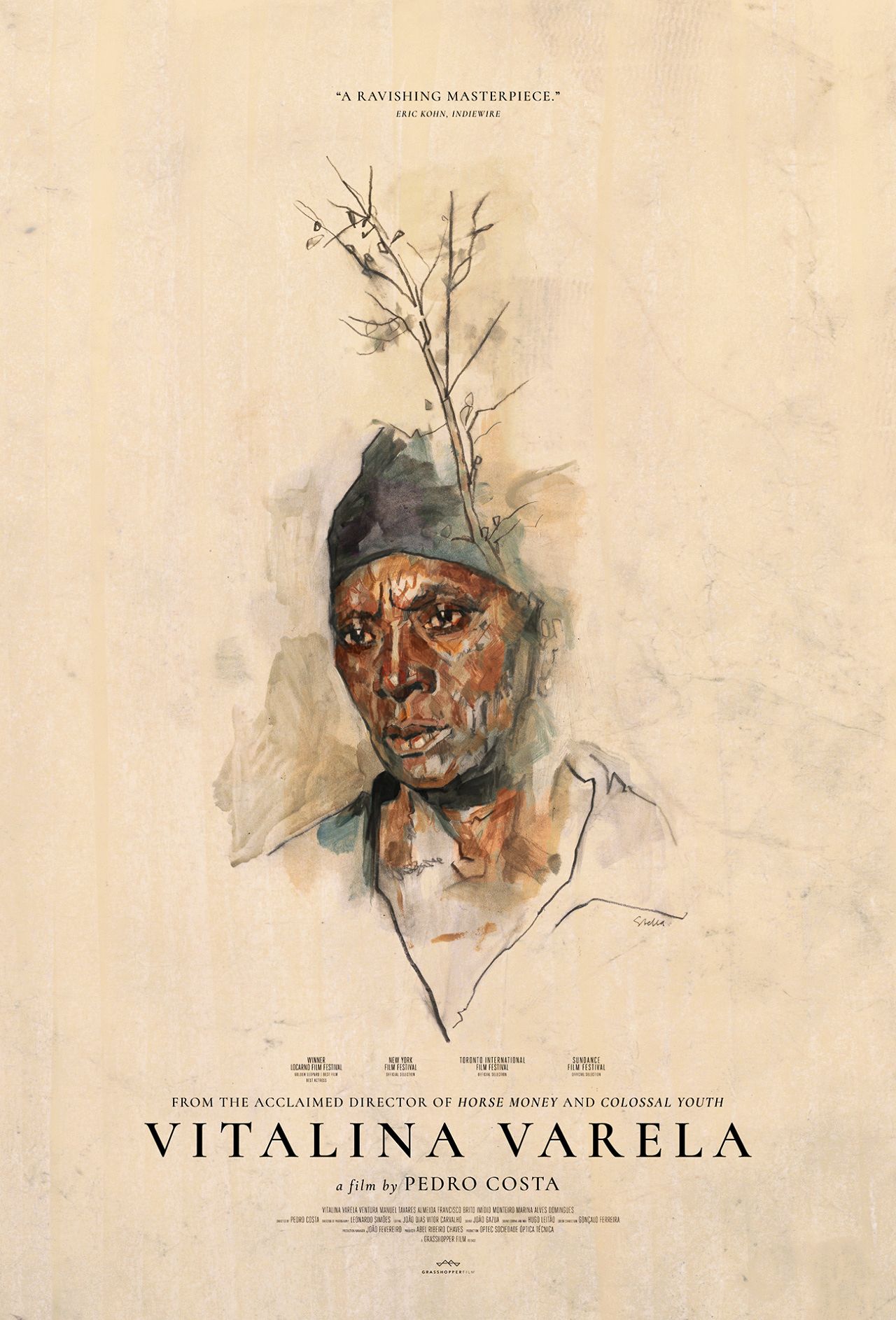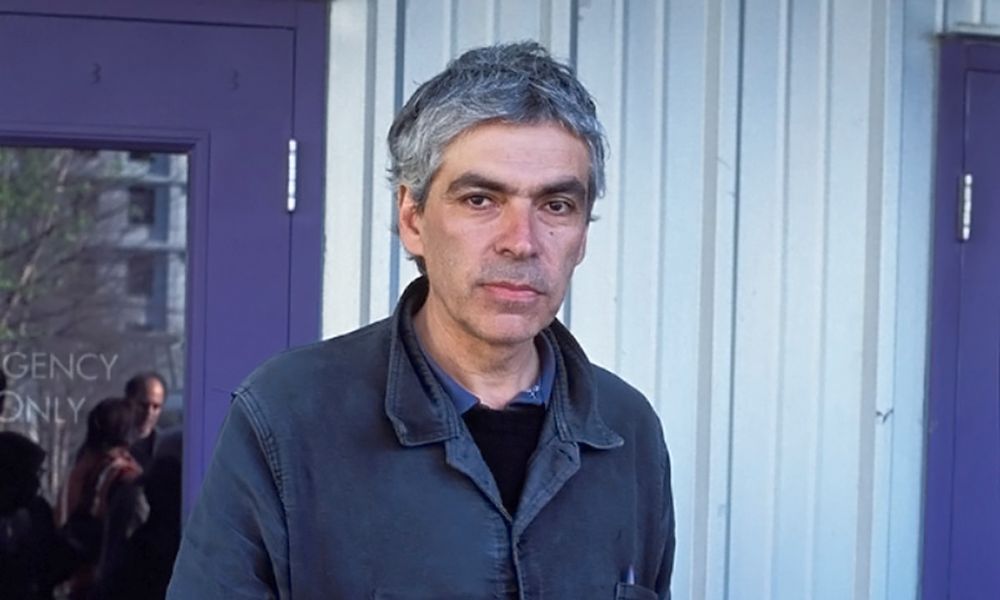"His obsessive theme is the lives of the poor migrants who live in the slums of Lisbon, many of them immigrants from Cape Verde. Costa’s films transcend others on similar subjects because of his rigor, his knowledge of classical cinema (it seems to be in his blood), the amazing beauty of the images and the precision of the cutting... For those who get past the initial difficulties, his films can inspire an obsessive devotion." - Thom Andersen (California Institute of the Arts)
Pedro Costa
Director / Screenwriter / Cinematographer
(1959- ) Born March 3, Lisbon, Portugal
Top 250 Directors / 21st Century's Top 100 Directors
(1959- ) Born March 3, Lisbon, Portugal
Top 250 Directors / 21st Century's Top 100 Directors
Key Production Countries: Portugal, France
Key Genres: Drama, Documentary, Biography, Slice of Life, Psychological Drama, Culture & Society
Key Collaborators: Ventura (Leading Actor), Vanda Duarte (Leading Actress), Inês de Medeiros (Leading Actress), Abel Ribeiro Chaves (Producer), Leonardo Simões (Cinematographer), Patricia Saramago (Editor), Dominique Auvray (Editor), Vitalina Varela (Leading Actress), Pedro Hestnes (Leading Actor), Francisco Villa-Lobos (Producer), Paulo Branco (Producer), Emmanuel Machuel (Cinematographer), João Dias (Editor)
Key Genres: Drama, Documentary, Biography, Slice of Life, Psychological Drama, Culture & Society
Key Collaborators: Ventura (Leading Actor), Vanda Duarte (Leading Actress), Inês de Medeiros (Leading Actress), Abel Ribeiro Chaves (Producer), Leonardo Simões (Cinematographer), Patricia Saramago (Editor), Dominique Auvray (Editor), Vitalina Varela (Leading Actress), Pedro Hestnes (Leading Actor), Francisco Villa-Lobos (Producer), Paulo Branco (Producer), Emmanuel Machuel (Cinematographer), João Dias (Editor)
"A cult master, a figure who is widely considered on the festival circuit to be for hardcore auteur followers only. A Pedro Costa film does not get a "release". It does not "do business" – any more than a piece by Edgar Varèse rules the iTunes chart. I myself have seen critics and writers at festivals gird their loins reasonably happily for a Béla Tarr film. But at the words "Pedro Costa", they flinch. A haunted look comes into their eyes. Now, I can understand this. But considering the arc represented by Costa's major features O Sangue, or Blood (1989), Ossos, or Bones (1997), No Quarto Do Vanda, or In Vanda's Room (2000) and Juventude Em Marcha, or Onward Youth (2007), I now believe that his career arc is one of the most fascinating in modern cinema." - Peter Bradshaw (The Guardian, 2009)
"Costa’s films are not documentaries, except for Where Does Your Hidden Smile Lie?, despite the fact that the director has increasingly chosen to work with non-professional actors, available light and an ever less intrusive occupation of the filming location by an ever more reduced crew and inconspicuous recording device. The films are long and composed of densely concentrated, non-moving shots which do not connect within a structure of linear narrative fluidity. The viewer of Bones, In Vanda’s Room and Colossal Youth is challenged by this choice of intermingling past and present moments that are susceptible to being narratively perceived only by means of a very close attention to details." - Ana Balona de Oliveira (Mute, 2008)

Colossal Youth (2006)
"In terms of production, the turning point in his career comes with Vanda. After Vanda, all of his films, including the documentary on Jean-Marie Straub and Danièle Huillet (Où gît votre sourire enfoui?, or Where Does Your Hidden Smile Lie?, 2001) and his recent portrait of the actress and singer Jeanne Balibar (Ne change rien, 2009) - have been shot with digital cameras, while the preceding three feature films owe themselves to comparatively conventional modes of production. In Costa's case, the shift to digital, low-budget technology is by no means circumstantial, but accompanies and permits decisive changes in his working methods and, particularly, in his conception of realism." - Volker Pantenburg (Afterall, 2010)
"If one were to begin latterly with Costa’s filmography, especially by watching In Vanda’s Room first, the pure cinematics at play in O Sangue will startle one to think it is the work of another director altogether. Hence Pedro Costa’s trajectory, like that of any artist in serious involvement with craft, is made more remarkable by studying the chronologic advancements made from the first film up to his most recent. As the critic Mark Peranson put it, it is unnecessary to watch O Sangue or Casa de Lava in order to appreciate the Fontainhas trilogy, but it is nonetheless highly illuminating and rewarding to witness just how much cinematic geography Costa has traversed in only five feature-length films." - Jose-Luis Moctezuma (Hydra Magazine, 2010)
"Doors and walls are the central motif in Costa's work, and the barriers to entry are manifold and varied. I consider myself a hardened viewer of European art cinema, but the first time I tried to watch Colossal Youth, I fled the screening after an hour, unable to negotiate the narrative lapses or withstand the film's stasis. The Guardian's Peter Bradshaw called Costa "the Samuel Beckett of world cinema," which seems like a contradiction in terms; but Costa's films plainly do resist the easy grasp, refusing to distinguish between fiction and documentary, artifice and naturalism, splendor and ugliness." - Akiva Gottlieb (The Nation, 2010)
Selected Filmography
{{row.titlelong}}
GF Greatest Films ranking (★ Top 1000 ● Top 2500)
21C 21st Century ranking (☆ Top 1000)
T TSPDT R Jonathan Rosenbaum
21C 21st Century ranking (☆ Top 1000)
T TSPDT R Jonathan Rosenbaum
Pedro Costa / Fan Club
Roger Koza, Jonathan Rosenbaum, Eulàlia Iglesias Huix, James Quandt, Andy Rector, José Luis Torres Leiva, Kieron Corless, Robert Koehler, David Jenkins, Jean-Michel Frodon, Glenn Kenny, Dennis Lim.
Roger Koza, Jonathan Rosenbaum, Eulàlia Iglesias Huix, James Quandt, Andy Rector, José Luis Torres Leiva, Kieron Corless, Robert Koehler, David Jenkins, Jean-Michel Frodon, Glenn Kenny, Dennis Lim.
"Fan Club"
These film critics/filmmakers have, on multiple occasions, selected this director’s work within film ballots/lists that they have submitted.
These film critics/filmmakers have, on multiple occasions, selected this director’s work within film ballots/lists that they have submitted.


